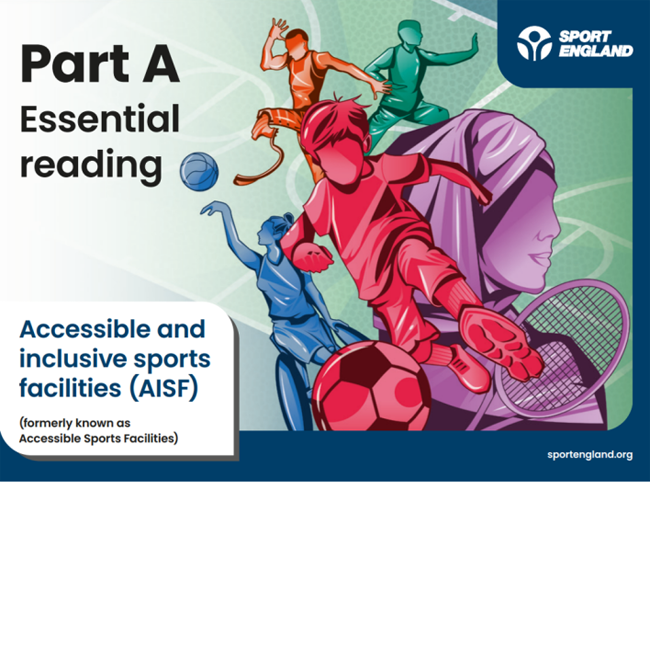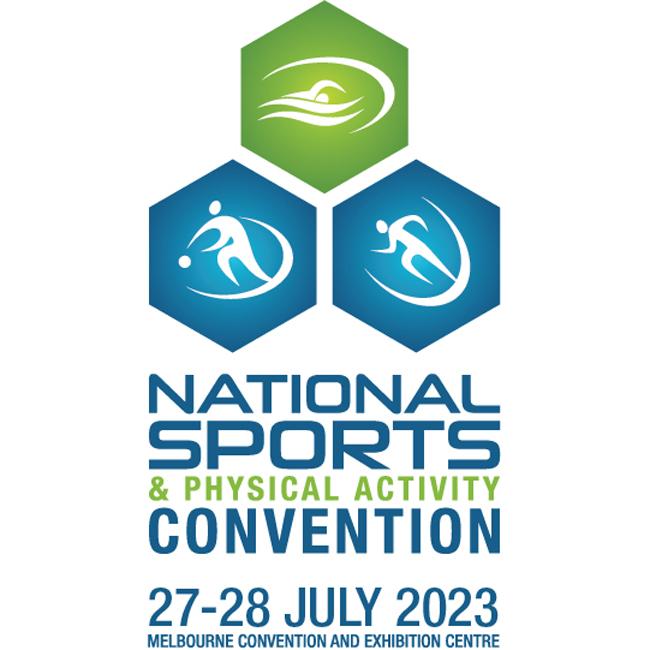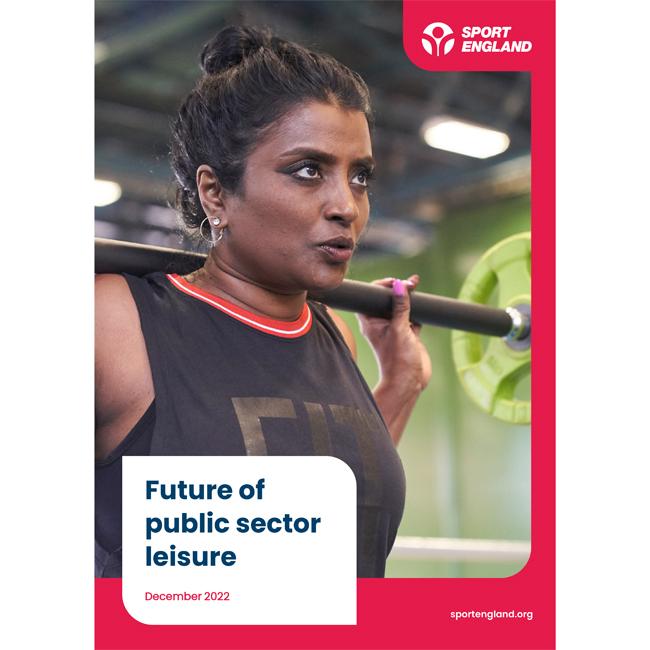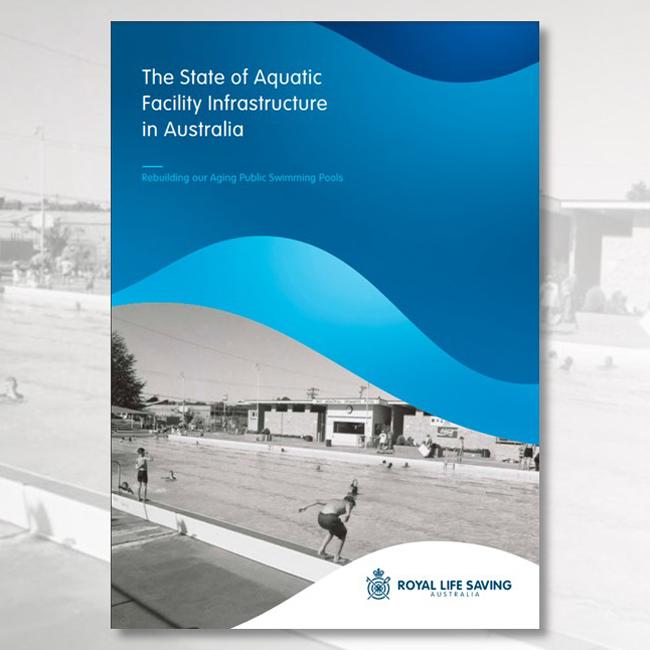The worldwide shutdown of social life has had an enormous negative impact on physical and mental health, and the world economy. However, the shutdown has also led us to some reflections that we would have never made without the pandemic. Lasse Bak Lyck, Public Affairs Officer at DIF - NOC and Sports Confederation of Denmark, shares some of his observations. What are the learnings to create more sustainable, healthy, and resilient cities?

Lasse Bak Lyck (Public Affairs Officer at DIF - NOC and Sports Confederation of Denmark)
1. The impact of COVID-19 does not end with the last fully vaccinated person. The risk of new pandemics is too great to not qualify the ways we build and operate sports facilities. What measures can be taken to create a more virus-safe environment in buildings?
Fewer contact points, hand sanitizer at convenient disposal, increased ventilation, and better opportunities for sectioning in smaller groups: All measures help to avoid the spread of infection. In a project in the Netherlands, for example, a pressure-sensitive surface has been developed, where changing colours can indicate whether you keep the necessary distance to other people. The surface might be used in dense urban spaces to remind citizens to keep their distance.
Property developers have already added some of the measures to the list of requirements for new buildings. The side-effect: less seasonal diseases. Some municipalities also plan to minimize horizontal surfaces, such as tables and benches, being potential contact points. The strive to avoid diseases shall not, however, influence in a negative way the social aspect that sports contribute to a vivid community.
2. With the pandemic, many formerly active people have become inactive, while some inactive people have suddenly started walking and cycling in nature and urban parks. The time saved with less commuting can be spent on workout at home or in the park nearby. Organized sports have been paused in favour of running and cycling alone or with family and friends. What is the outcome of this behaviour change?
During the pandemic, people have flocked to nature because their sports club or gym has closed temporarily. Statistics on MTB tracks in Denmark have shown a doubling of mountain bikers. Forest owners are worried about over-visited places with wear and tear as a result. Danish municipalities have decided to turn paths around lakes and in parks into one-way paths.
The desire for access to nature and urban parks has come to stay. This is where I see great potentials for cities to enable their citizens to be active in nature. Easy and car-free access to nature is also a great tool for making cities more attractive.
3. What effects will COVID-19 have on the way we develop sports facilities and recreational parks in the future?
People and local sports associations have occupied urban space and used the cities' squares, paths, roads and parks to practise sports. The delivery time for a new bike can be months. COVID-19 has shown the need for a new type of urban sustainability: In time of crisis, cities and buildings must have outdoor spaces for people to meet, and that can be adapted. Buildings with soft transitions between indoor and outdoor activities can better adapt to future desires for more outdoor activities and requirements for ventilation and distance.
Team sports have moved their trainings out of the sports hall and onto smaller, paved courts – and more visible for potential new participants. Clubs are looking forward to returning to the sport halls, but many have opened their mind to outdoor activities. In Denmark, a dance class has held its training in the city centre without noise nuisance by equipping the participants with headphones and the teacher with a headset. The video of two young ladies playing tennis on opposite roof tops in Italy has gone viral. People have invented new activities.
It is about time to discuss how current urban spaces can be modernized in favour of additional use for physical activity and local sport clubs. How can outdoor areas between houses, in parks and on roof tops become an attractive physical setting for sports activities? Sometimes it is just about lighting, surfaces, access, and storage for equipment.
I believe and hope that we can create attractive facilities in urban areas that not only activate the self-organized runner. Sports associations and communities must get involved in the planning of urban space and offer activities for everyone – at low treshold.
The increasing use of online shopping during the pandemic is likely to accelerate store deaths in towns and cities. There are already some interesting projects on how stores can be transformed into places for physical activity. Instead of thinking in terms of temporary use of simple retail space, we should go further and develop holistic plans for city centers.
4. Will everyone get back to organized sports?
With the explosive digital development during the pandemic, more people have used online home training and become accustomed to ‘Exercise on demand’. Instead of the weekly training in sports halls and gyms, several have laced up their running shoes, and training has begun right outside the front door at any time. Flexible working hours and work at home enforce the trends for a flexible sports practice. This may result in more people demanding daytime sports facilities, which commercial gyms are best equipped to provide. Some sports facilities need to reconsider their opening times to be more attractive and relevant.
5. In just a few months, the impact of the pandemic has accelerated digital development by 5-10 years. Will there be digital sports facilities in the future?
Coaches have recorded training videos and made online training for members and across clubs. Children and adolescents have participated in training via social media, while adults have increasingly found their way to online training groups and apps. The mix of our physical and online sports communities will continue. Upcoming digital demands are, for example, cameras and screens for online training sessions across clubs, space for indoor bikes, easy online booking, digital access, and presence on social media.
Summing up, how will the sports sector emerge from the pandemic?
The physical framework of sport and the urban planning will forever be changed after the pandemic with an increased focus on (1) virus-safe buildings, (2) more urban nature, (3) more active cities, (4) "Exercise on demand" and (5) more digital sports facilities.
I think COVID-19 for many people has made clear the importance of practising sports with others and preferably outdoors. Therefore, I think we will see a clear priority of facilities for sports and exercise. We shall not neglect the importance of local sports club as a hub for socializing and therefore not overrate hygienic measures. We must dare to think of new ways on how to practise sports outdoors and close to where we live. This will help us to emerge stronger from the pandemic.





